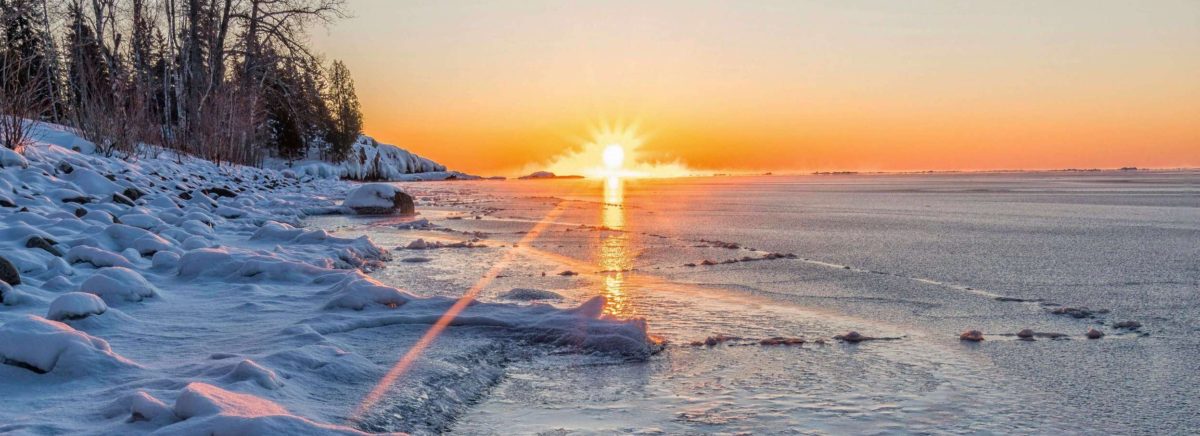Thinking about relocating to Minnesota? As more jobs are becoming remote and companies are reevaluating their policies, living near the office is less important. If you’ve considered a big move, you’re not alone: According to Forbes, a Harris Poll survey found that nearly 40 percent of people living in large urban cities were thinking about moving to less populated areas. So if relocating to Minnesota is on your list, here are a few things you should know before moving.
Is Moving to Minnesota a Good Idea?
Of course, it all depends on your lifestyle and needs–and your willingness to endure long, cold winters–but there’s a reason why Minnesota is consistently on the top of Best Places to Live in America lists: From the low unemployment to recreational activities and awesome food, Minnesota has a lot going for it.
What’s more for those relocating to Minnesota: There are plenty of housing options. 2020 saw a nearly 10 percent increase in home sales, with Forbes predicting that more homes will be sold in 2021 than any year since 2006. If you’re looking for a good place to start the home search, Lakeview Orono has homes for sale that are sure to match your needs and style.
You Get the Best of All Worlds
Do you like quiet living in a small community surrounded by nature and the hustle and bustle of urban life? The Minneapolis-St. Paul metropolitan area includes 7 counties and 182 communities within nearly 3,000 square miles, meaning you can get the small-town lifestyle in communities like Orono while being a quick commute away from the Twin Cities.
Then, there’s nature. If you enjoy the great outdoors, you’ll love Minnesota. The state is known as the land of 10,000 lakes, with more than 22 of those being within the Twin Cities Metropolitan area–including the iconic Lake Minnetonka, which Orono borders. Minnesota also has 72 state parks and 58 state forests covering about 4 million acres. The Chippewa and Superior National Forests cover 5.5 million acres, and the Boundary Waters Canoe Area Wilderness encompasses over a million acres across a thousand lakes. So whether you like water sports, strenuous hikes, leisurely strolls and everything in between, Minnesota has it all within a couple hours’ drive from the Twin Cities.
The Cost of Living is Relatively Low
Although not the lowest cost of living in the US, you really get the bang for your buck living in Minnesota. With the cost of living slightly under the national average, you get both nature and city life for well under the cost of living in other US cities.
Unemployment is Lower than the National Average
Even during the economic insecurity of COVID, Minnesota has continued to hold an unemployment rate lower than the national average. As of November 2020, Minnesota’s unemployment rate was a full 2 percentage points lower than the national average with a rate of 4.6 percent. With a number of Fortune 500 companies, including General Mills, Target and 3M, calling Minnesota home, there are plenty of employment opportunities.
The Public Schools are Top-Tier
If you have or are planning to have kids, the public school system in Minnesota is one of the best in the nation. According to US News, Minnesota ranks as #12 in the country for K-12 public education, with the Orono school district ranking #25 on the national safest school districts in America list and #89 for the district with the best teachers in America (both out of 11,645). Within Minnesota, Orono ranks #1 for safest school districts and #2 for best teachers (out of 359 and 355).
The Twin Cities Area Is a Foodie’s Paradise
Whether you live in the Minneapolis Metropolitan area or a little further out, you’ll want to make the trip into the Twin Cities if you’re a lover of fine and experimental foods. In 2018, Smithsonian Magazine ran an article entitled, “Why Every Food Lover Should Visit the Twin Cities,” and the Twin Cities have continued to produce some of the best food around. Plus, with more than 30 local breweries in Minneapolis alone, those interested in brewpubs have plenty of spots to try.
The Weather Isn’t as Bad as It Seems
OK, so there’s no way around the winters, which tend to last from November through March, but even then, the weather isn’t brutally terrible. January is, on average, the coldest month of the year with temperatures ranging from 4℉ to 22℉. From April through October, however, Minnesota enjoys four distinct seasons, and the average high temperatures for the year usually range around 83℉ in July. No matter the weather, Minnesotans enjoy outdoor sports, so even in the dead of winter, there are plenty of activities that will keep you warm and help abate the cabin fever blues.
No matter your reason for moving, Minnesota has a lot to offer. If you’d like to learn more about the North Star State and get started searching for your perfect home, contact our team at Lakeview Orono. We’re ready to help!

